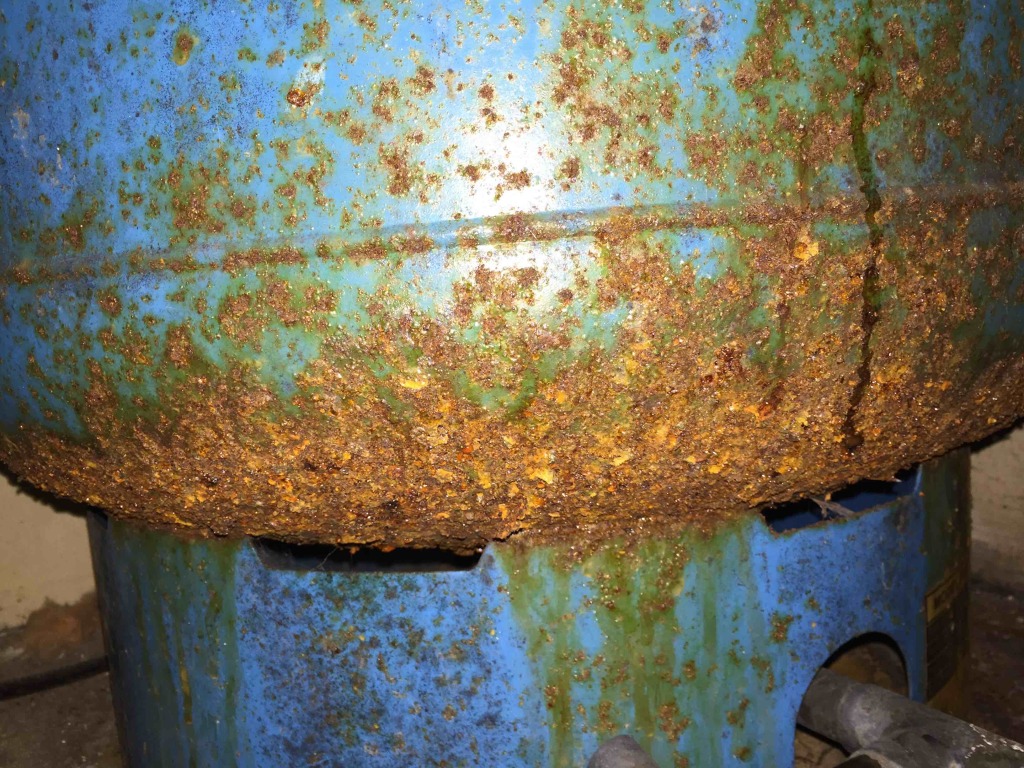First off, please forgive me. I am a city slicker that moved to the country a year ago and clearly has no clue about this stuff. I did not know that you needed to shock a well. We have not done that and we've been here just over a year now. Should we be getting our water tested?
I know it is very hard as our demand based Kinetico softener goes through a good 350 lbs of salt a month (only two of us living here). We have monthly records of how much salt going back a few years from the previous owners and it seems like this is the norm.
Eventually we want to look into hooking into town water, but $10-15M is out of the cards right now. We do have a Kinetico RO system that we use for all drinking/cooking so that makes me feel slightly better.
Getting back to our current situation... The saga continues:
I went down to the utility room to get a better look at everything and grab some timings during a shower situation. Nothing else was using water, just one shower. The shower would run for 2 mins 45 seconds before pressure would drop from 58 psi to 40 psi and kick on the pump. The pump would run for 50 seconds bringing the pressure back up to 58 psi (while the shower continued to run).
I then took a look at the pressure tank and whoa... I don't like the look of it. It is an AquaFlo 44G unit, but the bottom is covered in rust. I attached a picture below.
How much longer until this thing bursts? It may look worse that I think, but I can't imagine it should be absolutely covered in rust on the bottom like that. I assume it's just from condensation dripping and sitting on the bottom?
So now I'm sitting here thinking I need to replace both the jet pump and the pressure tank. The added pressure tank costs are probably a good $2-300. So now I'm wondering if I should:
1) Just buy another 44 Gallon pressure tank and swap it out or
2) Look at getting a smaller pressure tank/CSV setup for the new Goulds pump
I realize option 2 will have the pump running MUCH more often so I will really need to find a way to quiet it down (insulation, etc). What do you guys think?

